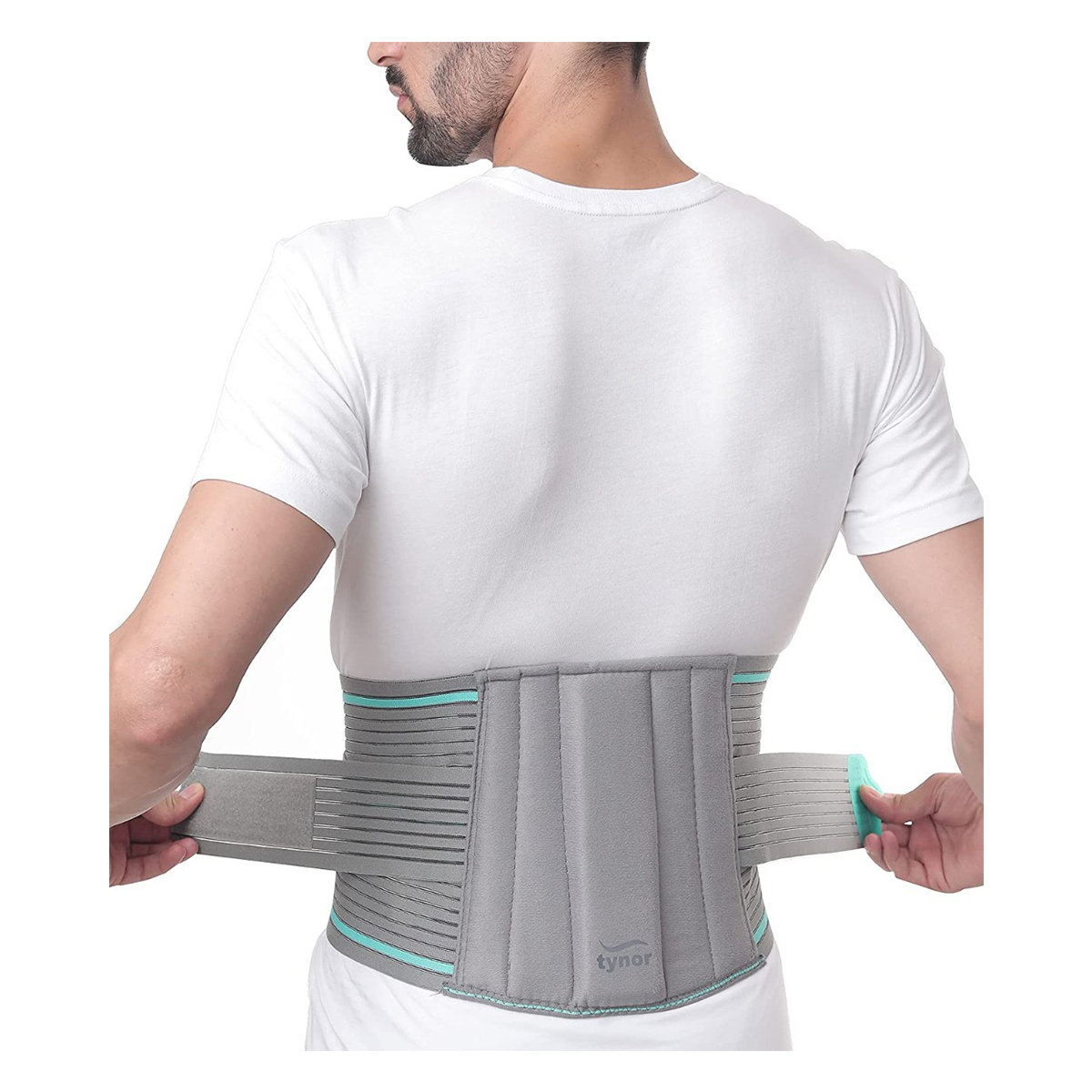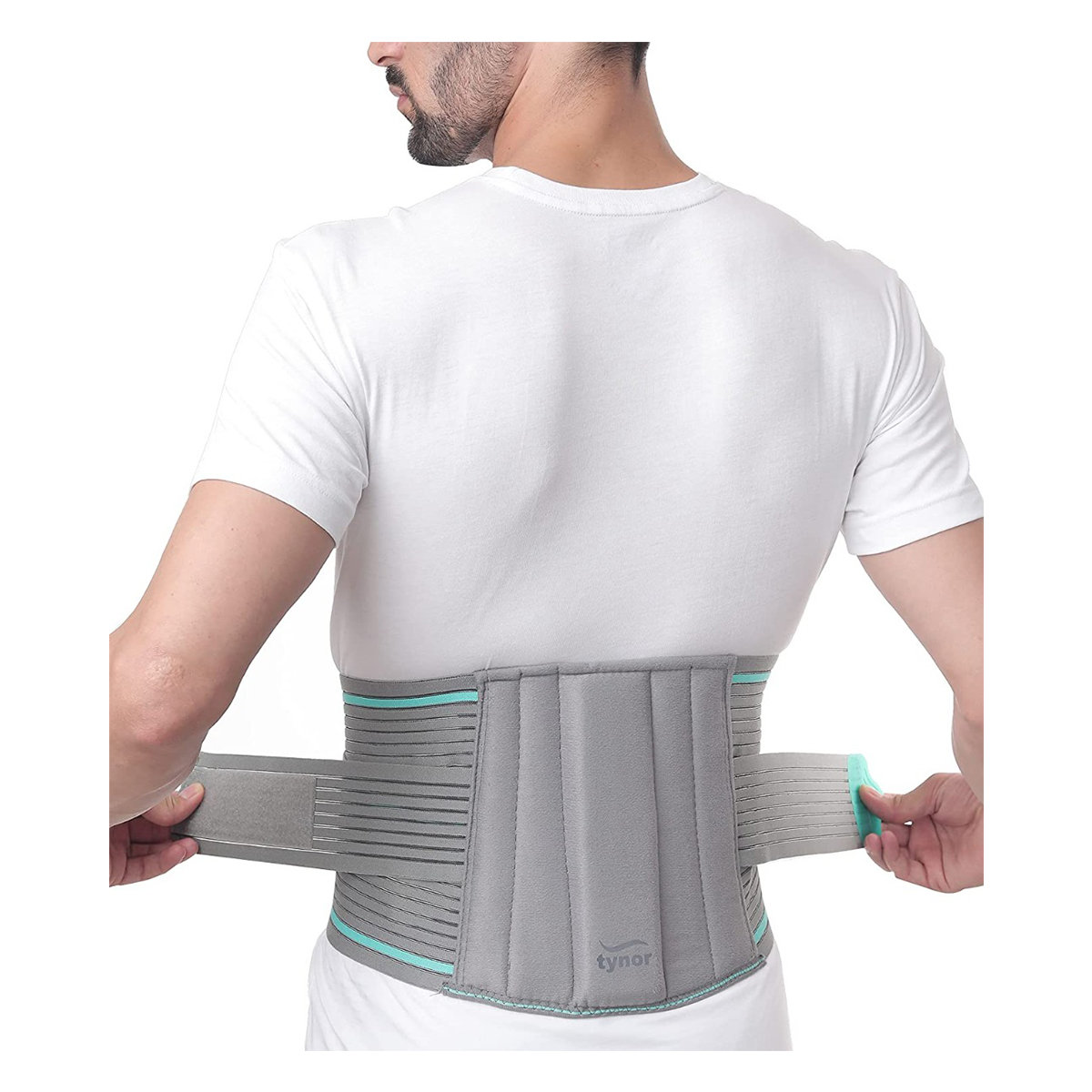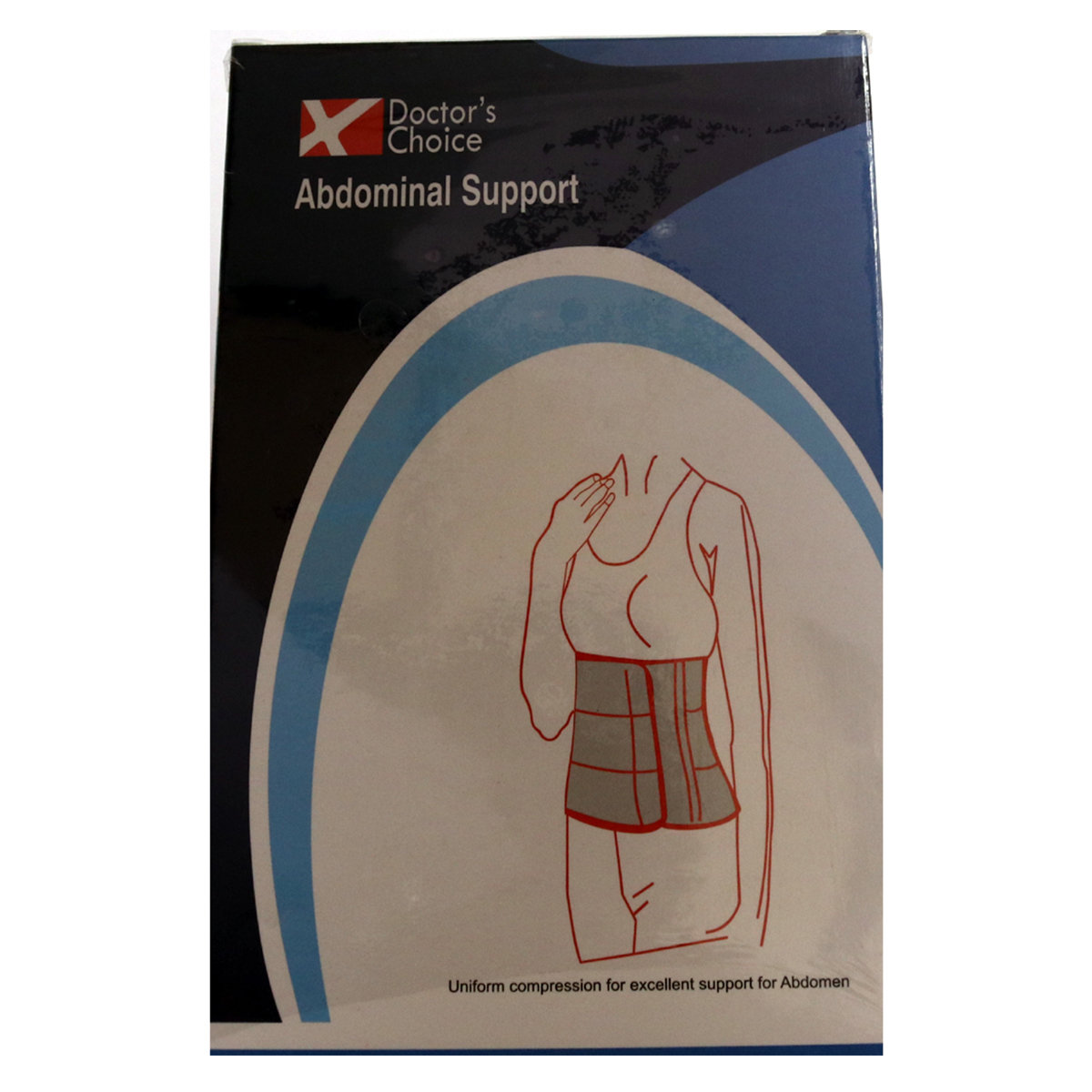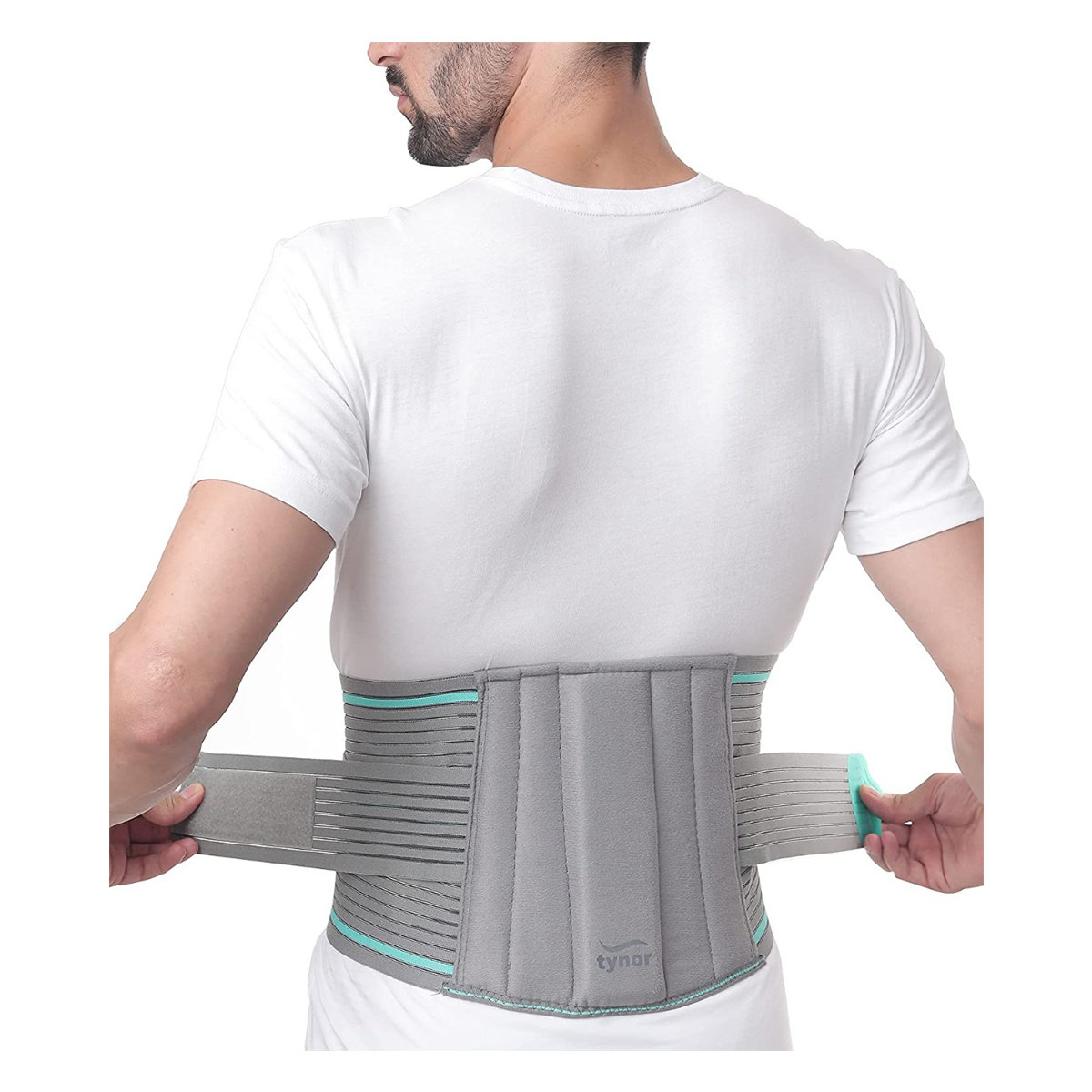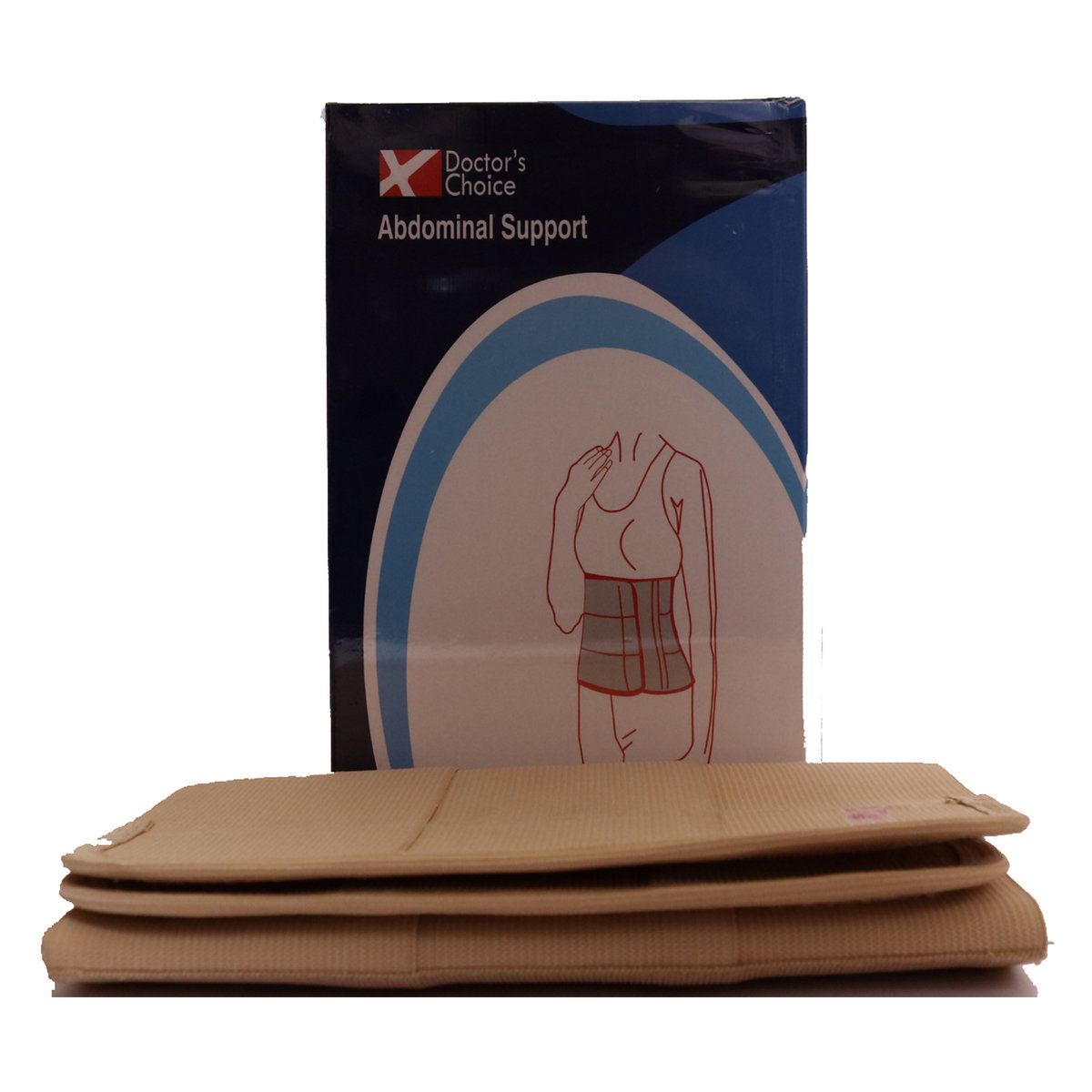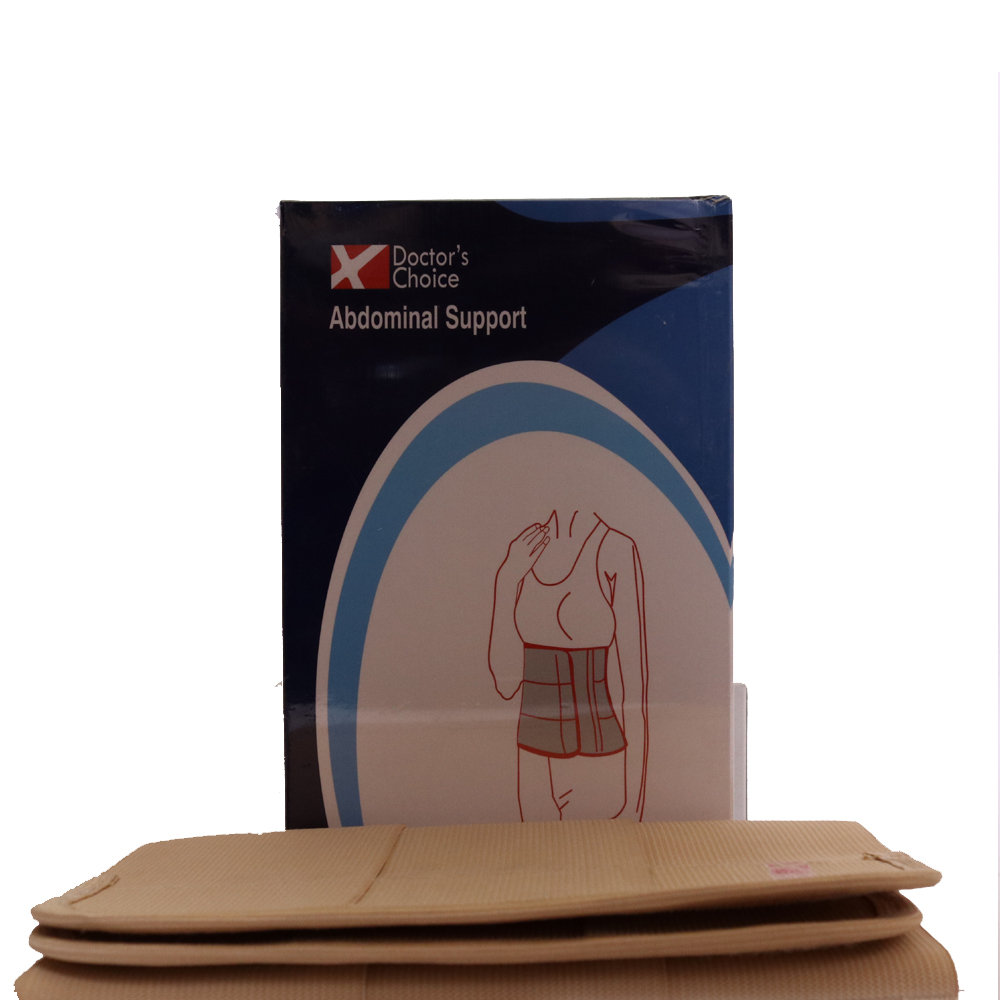- Home
- Health Devices
- Supports & Splints
Abdominal Supports
Abdominal Supports
- Total Items (289)

Apollo Pharmacy Back Support Universal, 1 Count
₹1011.60
MRP ₹1124
10% off

Tynor Lumbo Sacral Belt XL, 1 Count
₹847.90
MRP ₹1087
22% off

Tynor Abdominal Support Medium, 1 Count
₹697.50
MRP ₹861
19% off
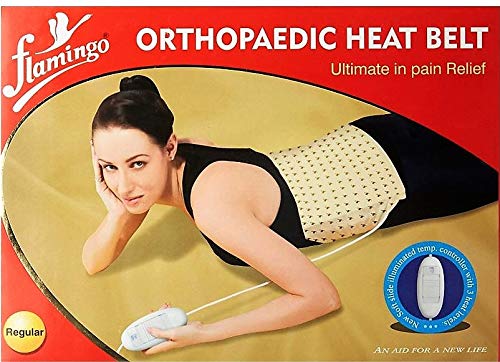
Flamingo Orthopaedic Heat Belt Reguler, 1 Count
₹849.30
MRP ₹1249
32% off

Tynor Abdominal Support Large, 1 Count
₹697.40
MRP ₹861
19% off
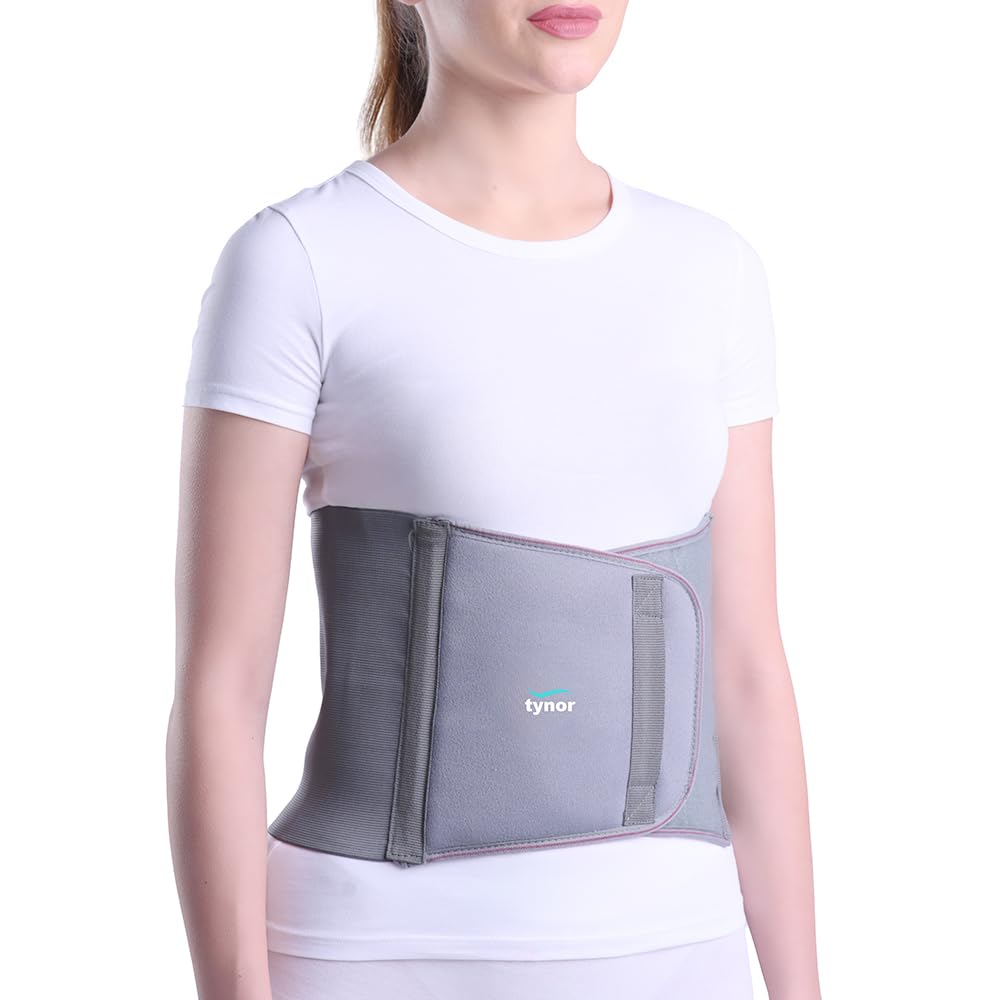
Tynor Abdominal Support XL, 1 Count
₹697.40
MRP ₹861
19% off

Tynor Abdominal Support Belt XL, 1 Count
₹697.40
MRP ₹861
19% off

Tynor Lumbo Sacral Belt Small, 1 Count
₹956.30
MRP ₹1125
15% off
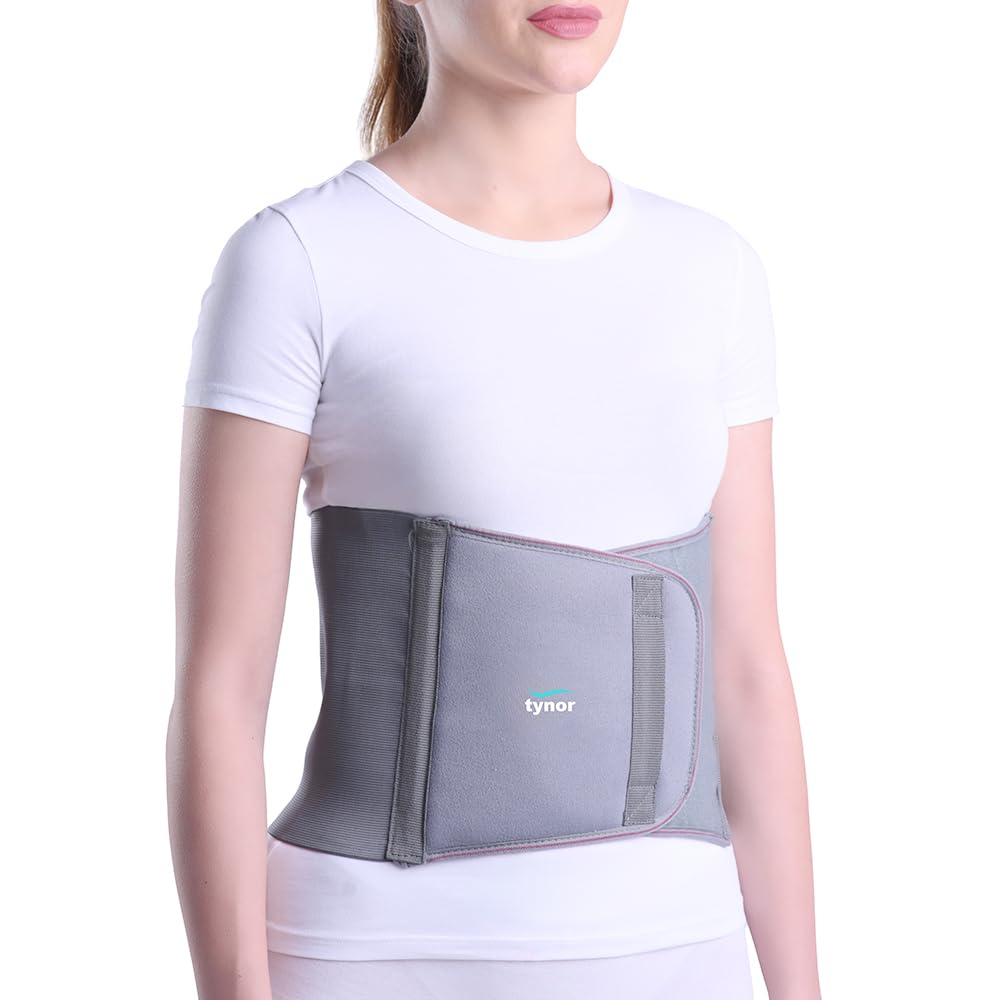
Tynor Abdominal Support XXL, 1 Count
₹697.40
MRP ₹861
19% off
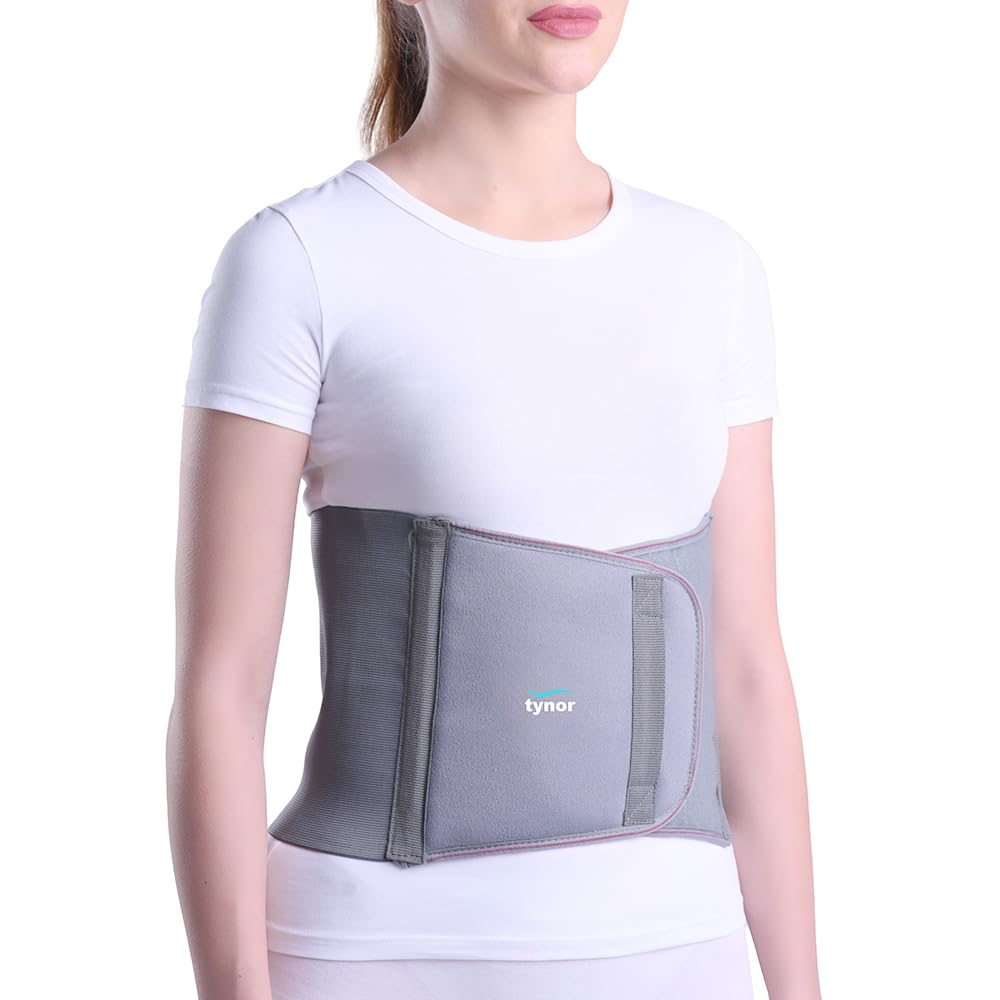
Tynor Abdominal Support Small, 1 Count
₹753.60
MRP ₹785
4% off
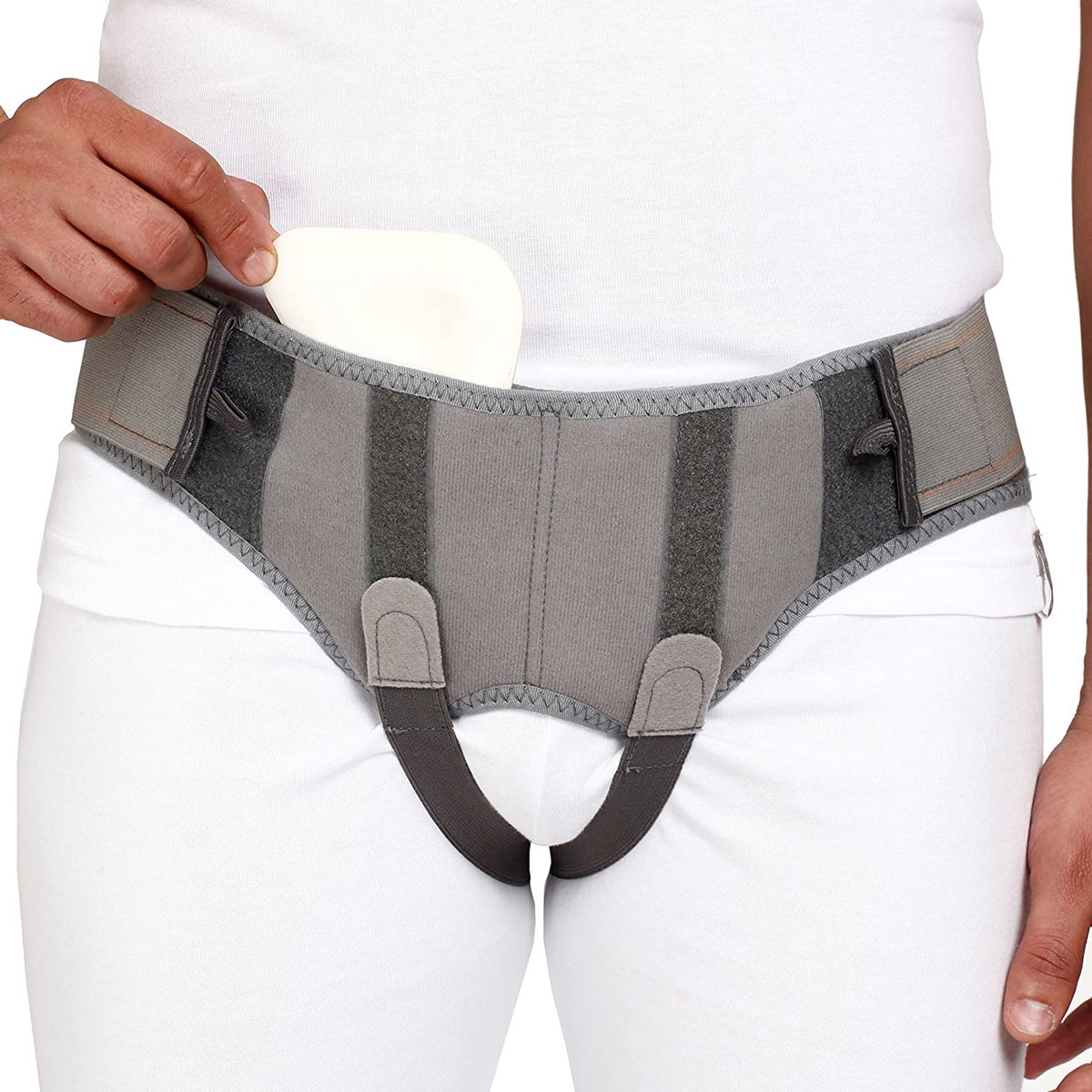
Tynor Hernia Belt Medium, 1 Count
₹544
MRP ₹640
15% off
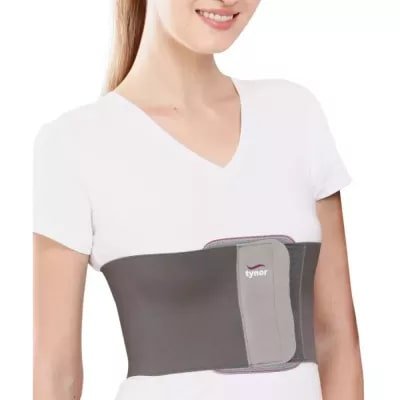
Tynor Rib Belt XL, 1 Count
₹554.90
MRP ₹685
19% off
Bring home the best abdominal supports
With age or with certain conditions, you are prone to injuries that can affect your abdominal muscle, sacro-lumbar bones, and the overall structure of the abdominal area. The primary solutions for these problems are abdominal supports or an abdominal belt.
An abdominal belt is a wrap-around aid you need to wear around your abdominal area. It is made of an elastic band and adjustable hooks to fit around a patient's abdomen. These supports help the user deal with the pain and restrict the abdomen’s movement, preventing further damage to the injury.
You can use abdominal supports for the following conditions:
- Regular abdominal pain
- Recovery after the surgery in the abdominal region
- Transitioning after pregnancy
- Sharp back pains or back injuries
- Fractures in the lower abdominal area
- Spinal cord injuries
- Other surgeries like tummy tuck, hysterectomy, laparotomy, and bariatric surgery
The primary mechanism of the back support belt is to compress the area and restrict movement. It also provides secondary support to the lumbar region that heals the back pain and allows faster recovery from injuries.
Benefits of using abdominal supports
An abdominal belt is helpful for post-surgery recovery. It also prevents complications in existing conditions. Furthermore, it improves mobility in people with weak pelvic joints and reduces the restlessness of the area during regular physical activity. Unlike most patients, if you use a back support belt, the chances of developing a fluid build-up will reduce significantly.
Here are some benefits of using an abdominal belt:
- Reduces the pain after surgery
- Promotes better breathability that improves the respiratory function
- Makes surgical incisions immobile and allows them to heal faster
- Reduces the swelling in the affected area
- Improves your posture and mobility after a back injury
- Hold your muscles together and reduces the cramp or pain in the abdomen
- Improves blood flow near the surgical site and lets it heal faster
The right way to use abdominal supports
An abdominal belt is also a stomach binder because several people use it from a fitness perspective. Since it prevents the sagging of the abdominal muscles, it is an essential aid in post-pregnancy to tone the muscles.
Most abdominal supports or stomach binders have a thick pad at the back with stiff metal plates to support your posture.
Using an abdominal belt is easy. You just wrap the belt around your abdominal region and hook it up.
Just ensure that the area is tightly bound and you can breathe comfortably despite the restriction in the movement.
Frequently asked questions
While the back support belt has no side effects, you must keep it hygienic to avoid skin infections. Furthermore, if the belt is dirty or wet, it might irritate your skin and cause rashes increasing the risk for microbial infection.
Many doctors recommend their patients wear a stomach binder to prevent sagging of the abdominal area after pregnancy or any major surgery. However, one must remember that the compression must not strain your body.
Additionally, it would help if you did not wrap the belt too tight as it may affect the incision. Also, the fabric used for making these belts are not breathable and skin friendly. Hence, it may irritate the surgical area during the recovery process.
If you have a history of respiratory problems, the compression of these abdominal supports may affect your intercostal muscles and weaken the diaphragm. The compression may also cause acidity and digestion problems if you have a sensitive digestive system.
Yes. An elastic stomach binder is preferable because it eases the compression and leaves space for breathing comfortably. However, a non-elastic one is preferable for non-surgical purposes such as sacro-lumbar issues that might need strict posture for recovery.

